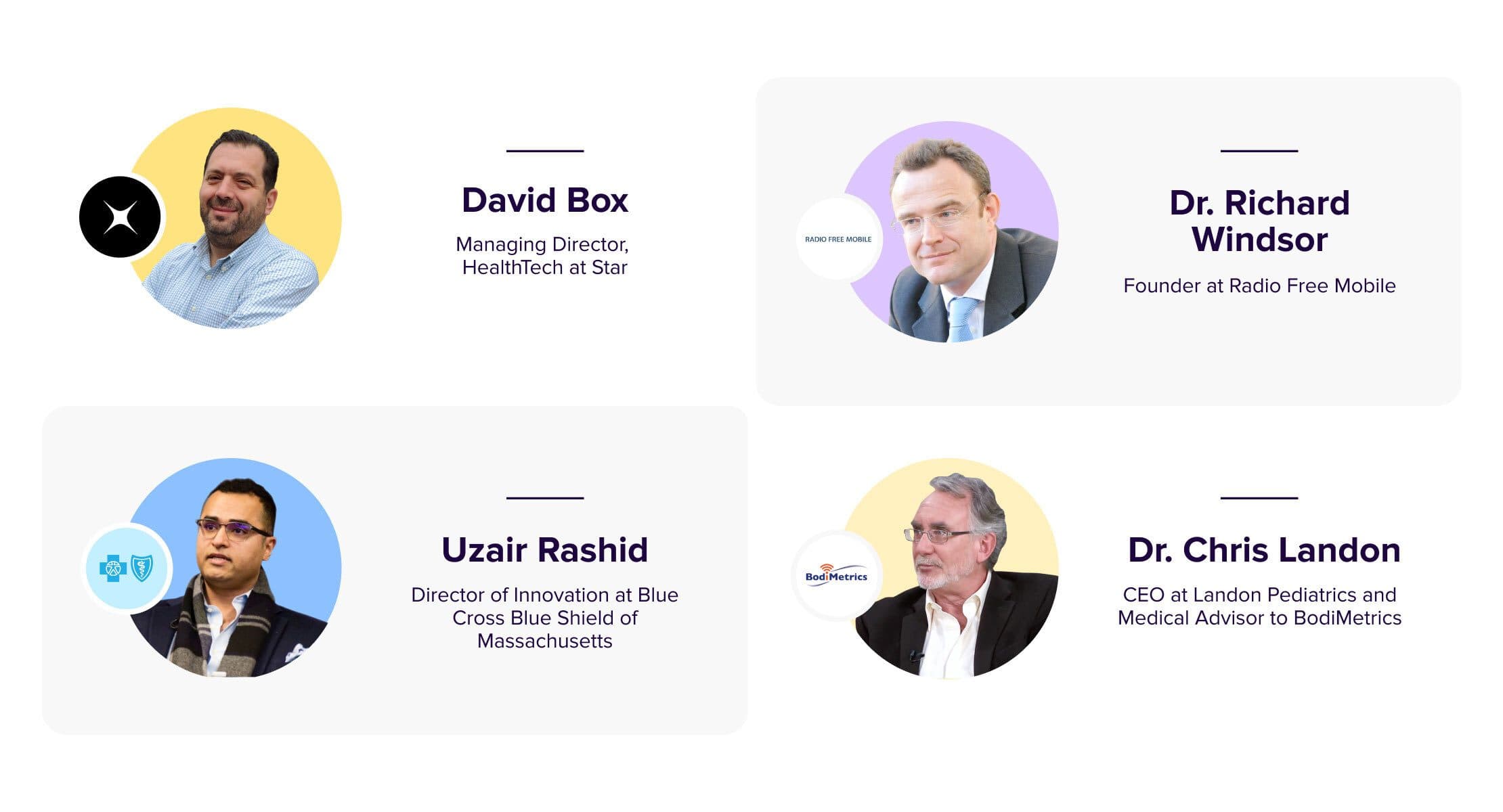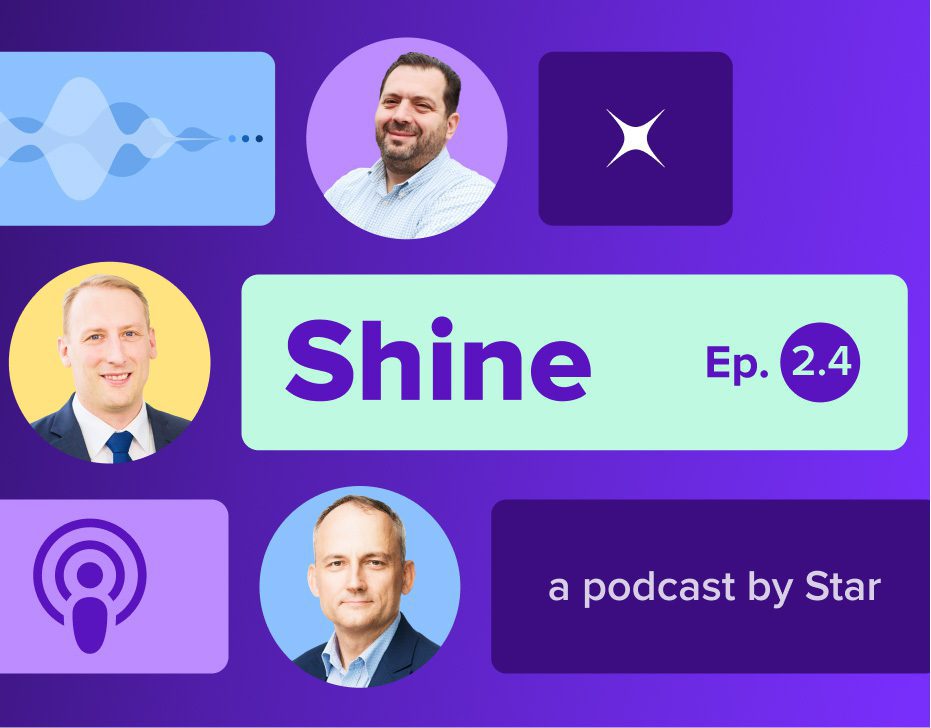
In our latest podcast, David Box, Managing Director of HealthTech at Star, and host Tom Hunt discuss telehealth, its challenges and the future of healthcare with Uzair Rashid, the Director of Innovation at Blue Cross Blue Shield of Massachusetts, Dr. Richard Windsor, the founder of Radio free mobile, and Dr. Chris Landon the CEO of Landon Pediatrics.
Seemingly overnight, telehealth transformed from a nice-to-have and fringe service to a vital care modality. No longer restricted to in-person consultations, healthcare providers can deliver treatment effectively to anyone with an internet connection.
In short, telehealth is a win-win for both patients and providers. But its widespread adoption is not a foregone conclusion. In our podcast, we discuss the challenges that telehealth faces, how providers should address them and look at where telemedicine is headed in the future.
Immerse yourself into the world of telehealth and the future of medicine
Here are a few of the telehealth insights shared by the experts during the podcast:
- Reduced cost and remote delivery: before COVID-19, Dr. Windsor noted that telehealth was focused first “on bringing healthcare to people who are very remotely located from their nearest health provider. Secondly, it’s really about reducing overall healthcare costs. If you look at aging populations, lifestyle-related diseases and so on, healthcare costs are becoming a major headache.” These issues will continue influencing the development of telemedicine products and services as new use cases are developed over the next few years.
- “Innovation at the speed of regulation:” Uzair Rashid illuminated one of the biggest challenges to telehealth pre-COVID-19. Regulations hadn’t caught up with the technology, which still continues to be an issue. He went on to note, “if there was to be any silver lining within the COVID pandemic, it certainly is the fast-forwarding of innovation to where we are today.”
- More exposure to care providers: David Box described how in the past, “a chronically ill patient would spend about one percent of their lifespan in front of a clinician. Engagement with the clinician can be significantly increased by leveraging remote patient monitoring tools and telehealth platforms.”
- Patient preferences: many patients still prefer in-person care as Dr. Landon explained, “I do remote monitoring… home sleep tests…all these things are technologies I can follow from 200 miles away and I say to my patients, “Wow, what a great advantage I get to see 18 members by telehealth, we can hear each other [and I provide treatment].” And they go, “I don’t know. We really want to come and see you.”” Thus, overcoming these traditional biases and creating human-centric and flexible telehealth services remains a top priority for providers.
Subscribe on Apple Podcast | Subscribe on Spotify
The future of telehealth
Telehealth vendors are working hard to address these challenges and are implementing solutions that will capitalize its potential through:
- Data aggregation: Data collection is integral for telemedicine, but “data fatigue” from all the wearables, remote patient monitoring devices and other products is overwhelming providers. But, as Uzair Rashid notes, telehealth service operators are working to “aggregate that data, synthesize and cleanse it and integrate it in a meaningful, compelling way into a provider’s existing workflow.”
- Increased investment and quicker product development cycles: Dr. Windsor suggested, “Overall if you think of it from an economic perspective and an investment perspective, this is a massive opportunity to make a very large return on investment.” Concurrently, as the surge of investment in telemedicine has “ramped up…these [telehealth products] might be developed a bit more quickly.”
- IoT component for telehealth: Telehealth is as much about the internet as it is about the IoT (Internet-of-Things) devices that deliver care. David Box described how much innovation is happening such as “WiFi that measures biometrics without wearables, passive sensors…voice biomarkers to understand a variety of conditions from mental health to cardiac conditions” and that additional breakthroughs are on the horizon.
Get an expert look into the world of telehealth
These insights are only the beginning of what these experts had to say about telemedicine’s rapidly scaling role in our lives. Listen to the podcast to hear more about how telehealth and its path to viable product development are revolutionizing healthcare.
Before you do, download our telehealth trend report. From triage to scheduling, biomarkers and care companions, we map the industry landscape and introduce 12 telehealth categories that are shaping the future of medicine. The report provides in-depth and precise knowledge to help you get a comprehensive and concise look at the industry as a whole. Check it out now!











